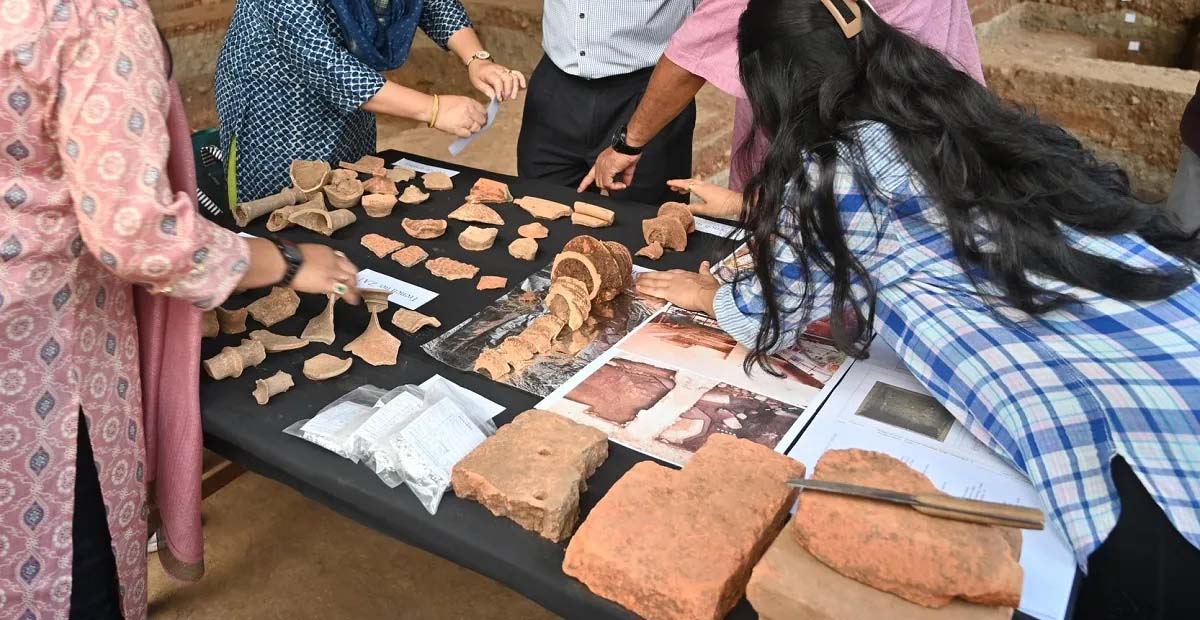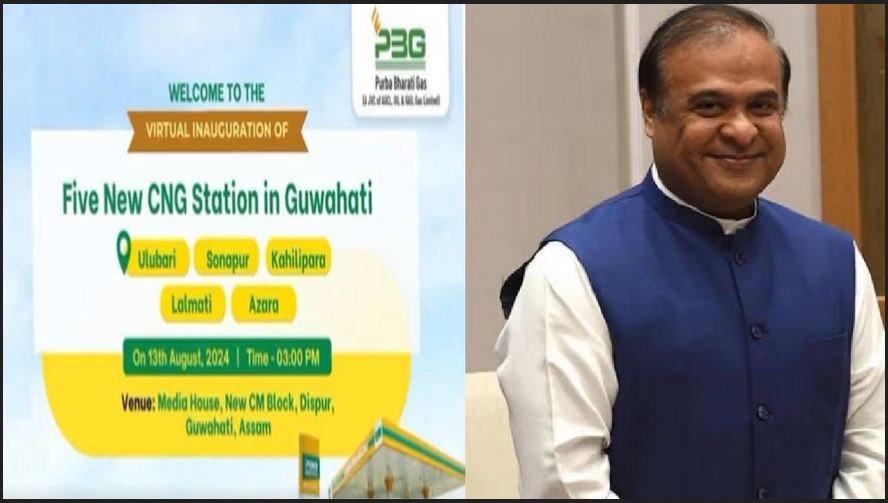In a remarkable archaeological find, the Assam state archaeology directorate has unearthed numerous artefacts at Gupteswar Devalaya, a historic temple at Singri in Sonitpur district of Assam
 KRC TIMES Assam Bureau
KRC TIMES Assam Bureau

In a remarkable archaeological find, the Assam state archaeology directorate has unearthed numerous artefacts at Gupteswar Devalaya, a historic temple at Singri in Sonitpur district of Assam.
The temple, located under the Dhekiajuli revenue circle, has been under the protection of the Directorate of Archaeology, Assam.
Excavations at this revered site have been ongoing since February, revealing a treasure trove of historical items that have astonished conservationists.
The artefacts discovered include pre-Ahom and Ahom-era bricks, brick structures, stone floors, and a variety of potsherds featuring intricate designs, cord impressions, redware, dishes on stands, and rim fragments.
Additionally, archaeologists have uncovered stone relics, a stone temple plinth, decorated and undecorated stone remnants, an iron clamp, and charcoal.
“The stone architectural elements and sculptures span several periods, starting with the Salasthambha period (655 CE-900 CE), followed by the Pala period (9th-11th centuries), and culminating with Ahom masonry (1228 CE-1826 CE),” explained Nabajit Deori, Deputy Director of Administration & Monument at the state directorate of archaeology, in an interview with TOI.
Constructed during the reign of the Salasthambha dynasty, Gupteswar Devalaya features a pancharatha design combining bricks and stones.
The temple complex includes an antarala and a mandapa of do-cala shape, all enclosed within a brick boundary wall aligned in an east-west direction.
Modern bricks used as foundation support for recent constructions were found to be aligned parallel to the ancient bricks, reflecting the historical layering of the site.
One of the most significant discoveries is an extended mandapa in front of the current Ahom-era brick-built mandapa.
Adjacent to this extension, archaeologists uncovered a brick plinth with a small stone pranala (water spout) and a separate stone plinth with an offset design, indicating sophisticated architectural planning and construction techniques across different historical periods.
The ongoing excavation at Gupteswar Devalaya continues to provide invaluable insights into the region’s rich cultural and architectural heritage, spanning multiple dynasties and historical eras.
Promotional | 5E for Success






